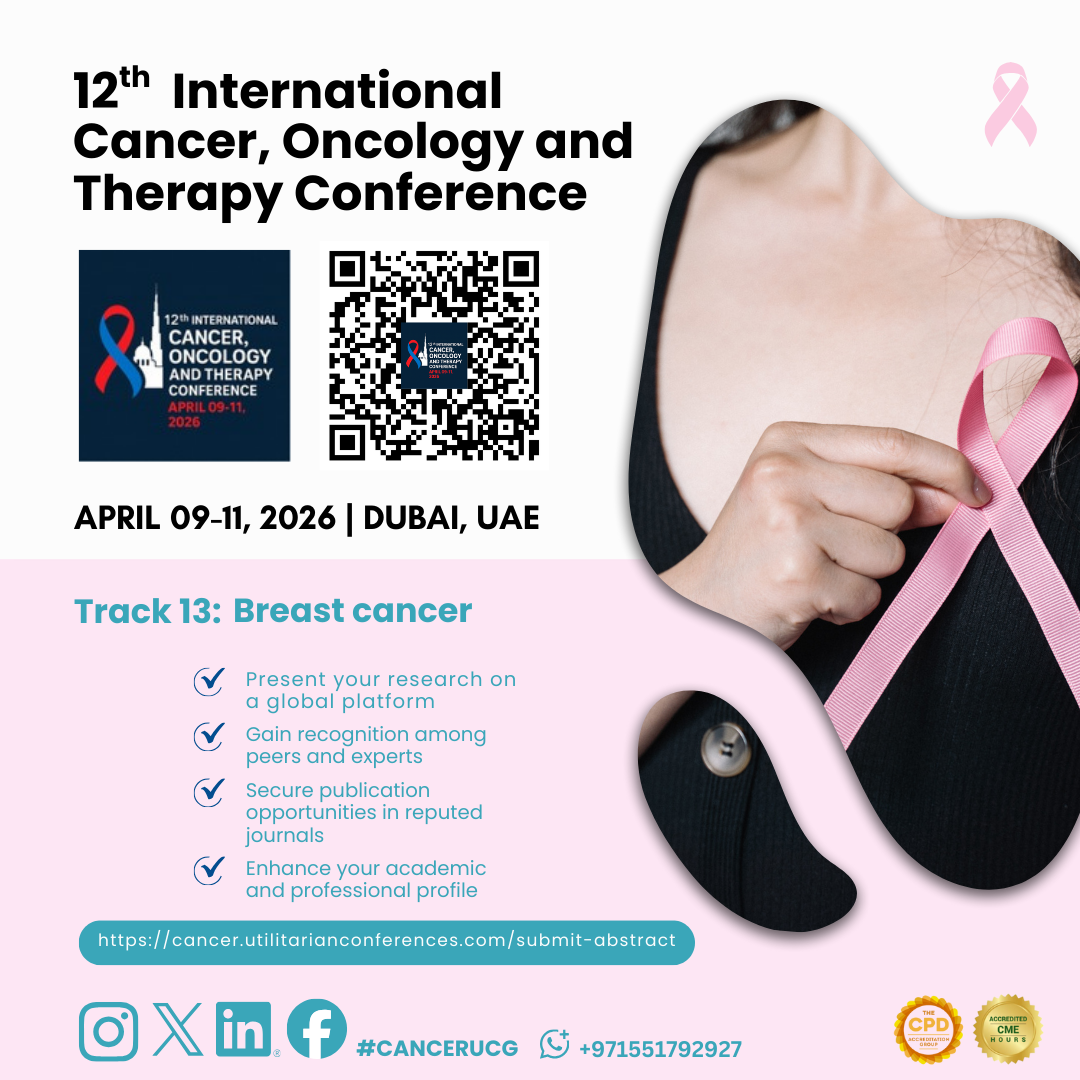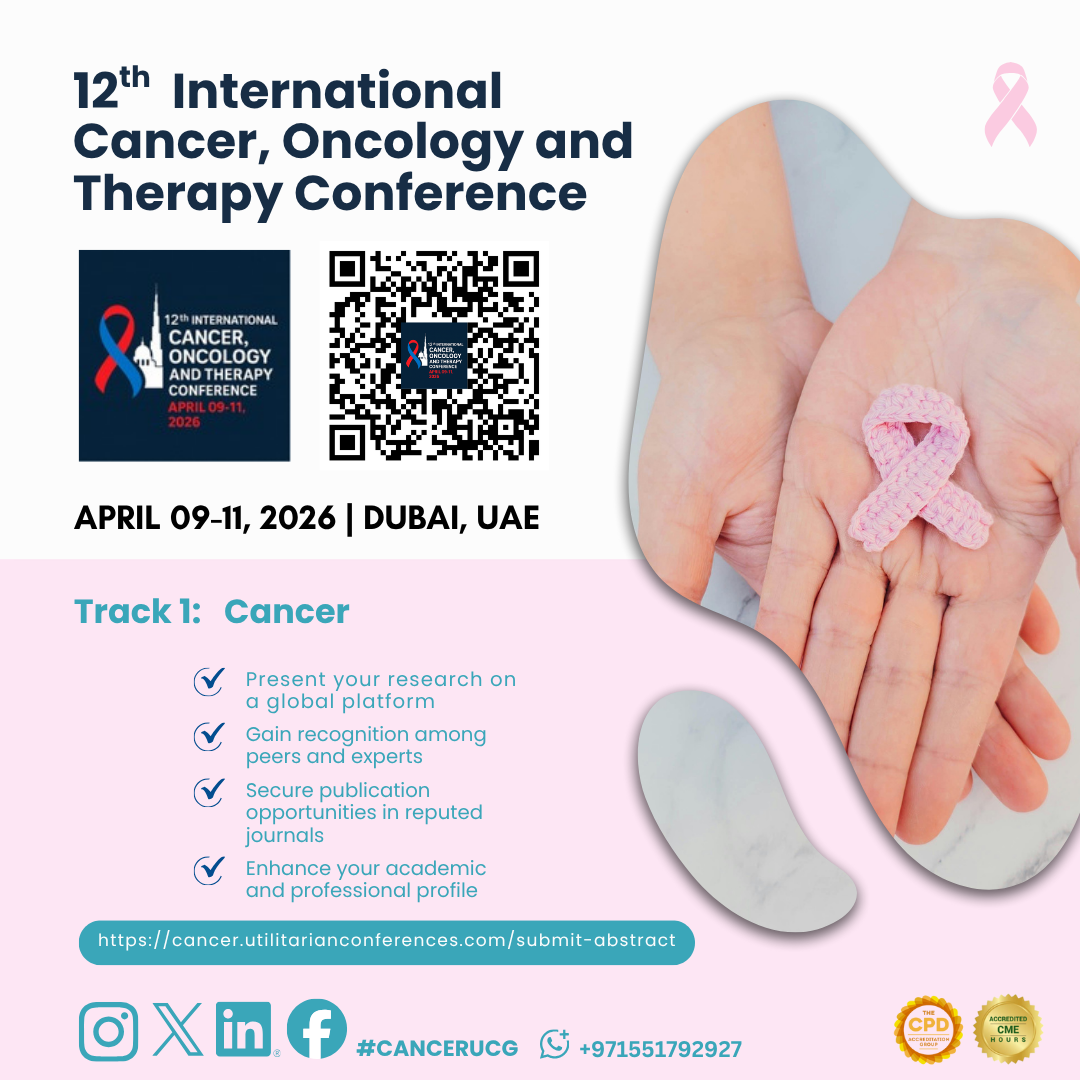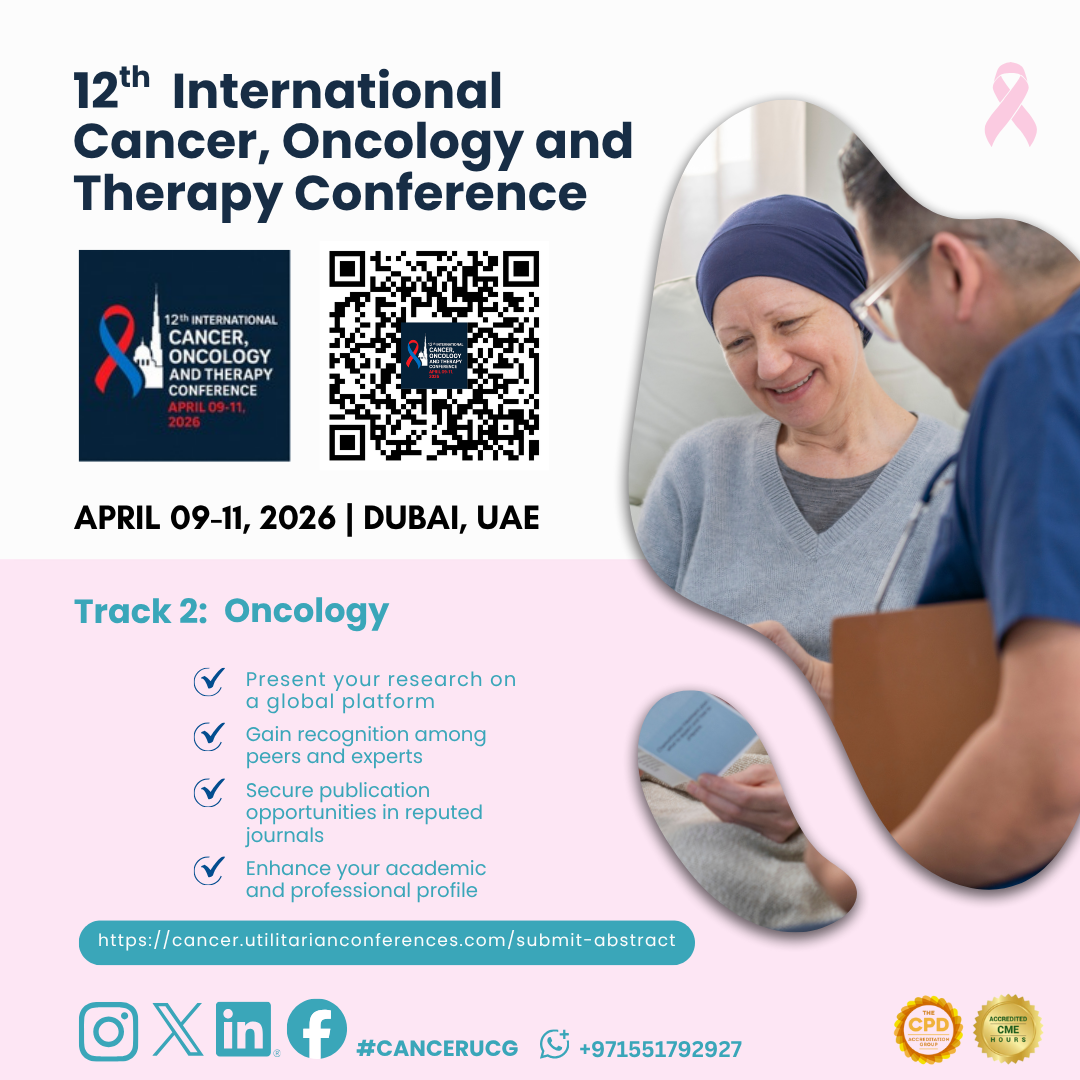



Sub Topics: Cancer, Types of Cancer, Causes of Cancer, Symptoms of Cancer,...

What is Oncology
Definition of Oncology
Understanding oncology as the...

sub tracks of
Breast-cancer
· Types
of Breast Cancer
· Stages
of Breast Cancer
· Detection
and Diagnosis
· Treatment
Modalities
· What is
Breast cancer ?
Breast cancer is
a type of cancer that begins in the cells of the breast tissue. It occurs when
cells in the breast grow uncontrollably and form a tumor, which can be benign
(non-cancerous) or malignant (cancerous). Malignant tumors can invade nearby
tissues and potentially spread (metastasize) to other parts of the body, such
as the lymph nodes, bones, liver, or lungs.
Breast cancer typically originates in the ducts
(ductal carcinoma) or lobules (lobular carcinoma) of the breast, which are the
structures responsible for producing and transporting milk. It can affect both
men and women, though it is significantly more common in women.
Key characteristics include:
· Types: Hormone
receptor-positive, HER2-positive, triple-negative, etc.
· Symptoms: Lump in the
breast, changes in breast shape, skin dimpling, nipple discharge, or redness.
· Risk factors: Age, genetics,
hormonal factors, lifestyle choices, and certain medical conditions.
· Diagnosis: Physical exams,
mammograms, biopsies, and imaging studies.
· Treatment: Surgery,
chemotherapy, radiation therapy, hormonal therapy, targeted therapy, or a
combination of these.